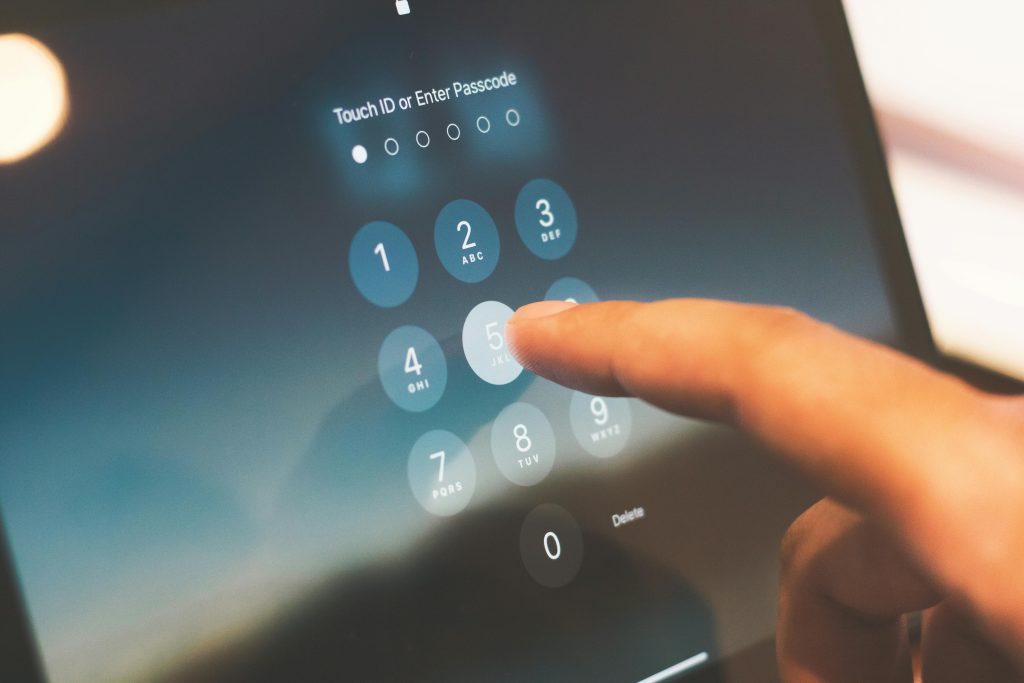Ensuring Your Laptop’s Security After Confiscation: Expert Insights
In an increasingly interconnected world, the risk of having your devices scrutinized during travel is a reality many face, especially in regions with heightened security measures. Recently, a traveler experienced this firsthand when their laptop was confiscated by Israeli authorities for 24 hours during transit through Tel Aviv’s international airport. This understandably raised concerns about potential security breaches, particularly regarding possible rootkit injections.
The Dilemma of a Confiscated Laptop
While the traveler noted that there was little sensitive information on their device, their politically active nature prompted a deeper worry about the integrity of their laptop. After consulting their company’s IT director, a rather drastic recommendation was made: purchase a new device. Although they complied, the idea of abandoning an otherwise useful laptop was troubling.
The central question arose: what steps can one take to ensure the security and cleanliness of a laptop that has been subjected to the scrutiny of the authorities? For those who find themselves in a similar situation, here are several strategies worth considering.
Analyzing Your Options: To Clean or Not to Clean?
-
Consider Total Replacement Versus Repair: The traveler faced a dilemma. While a new motherboard could be an option, it raises the question of how far to go. How many components would need replacement before the original laptop ceases to exist in any meaningful way? This is often referred to as the “Ship of Theseus” paradox.
-
Secure the Laptop: If the idea of buying a new device is unfeasible, taking comprehensive security measures might be the next best course of action. Suggested steps include:
- Re-flashing the BIOS: This can help eliminate any potential infiltration at the firmware level.
-
Reformatting and Reinstalling: Performing a clean installation of your operating system is critical—be it Windows or a secure alternative like Linux. If you’re tech-savvy but not an expert, seeking assistance from IT professionals can enhance the security process.
-
Isolate the Device: Keeping the laptop completely offline during the initial assessment can significantly mitigate the risk of remote access. When it comes time to retrieve data, use a fresh USB drive that has never been connected to the compromised laptop, and connect this drive only to a secured device with an updated antivirus solution.
Utilizing Antivirus Solutions
The need for robust antivirus protection is paramount. Programs such as Malwarebytes combined with Windows
Share this content:



